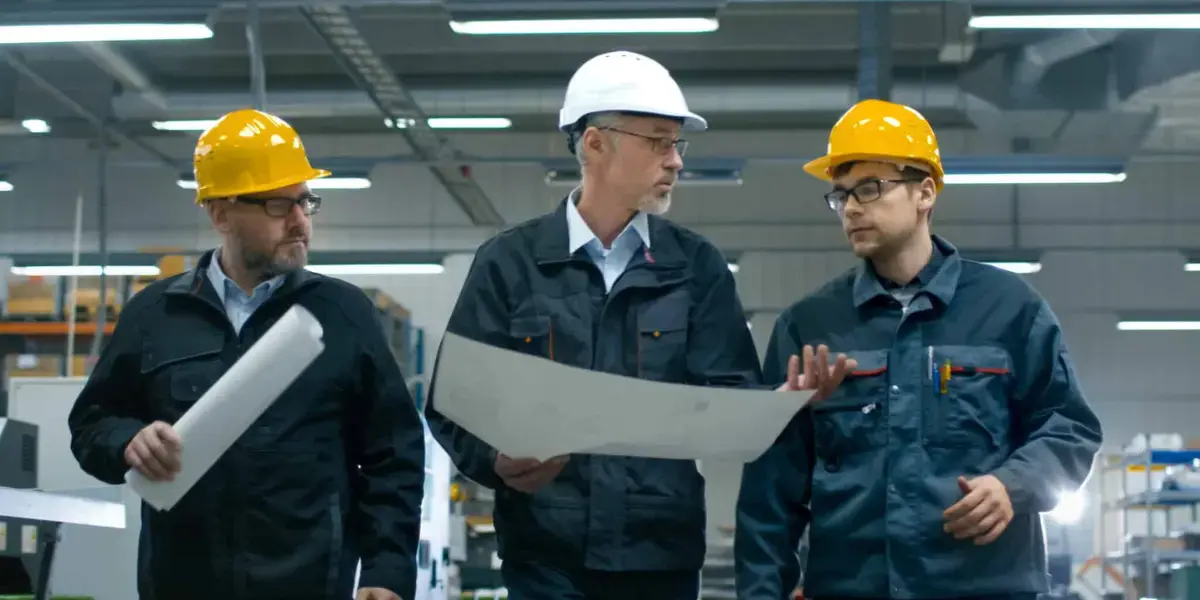Smart Manufacturing Workforce - Do You Already Have the Talent You Will Need?
Smart Manufacturing Defined: The use of real-time data and technology when, where and in the forms that are needed by people and machines; fully-integrated, collaborative manufacturing systems that respond in real time to meet changing demands and conditions in the plant.
Business Value Drivers of the Smart Manufacturing environment are:
- Sustainability: Quality Improvement / Capacity Management enhancement / Reduction in energy consumption
- Asset Management: Reduction in equipment maintenance / Increasing lifespan / OEE Improvement
- Employee Productivity: Collaborative solutions / Automated workforce management / Increased worker mobility on the plant floor
As the plant floor evolves to a Smart Manufacturing environment, current workforce skills will also need evolve to efficiently respond to a data-driven work environment. While many discussions in the industry have centered around the challenge of finding new outside talent, the emphasis should shift toward a focus on workforce development for existing plant talent and closing the skill gaps through internal and external training.
Polytron addressed this topic in a recent workshop, "Preparing Today’s Multi-generational Workforce for Smart Manufacturing" facilitated at the 2017 Manufacturing & Technology Conference and Expo in Cleveland, OH. In open discussions with attending manufacturers, we asked about: pressures in their organizations; skill assessments for current employees; knowledge retention programs; and new ways to retain and motivate the workforce.
We heard comments such as:
- The overall skills gap is continuing to pressure our organization, and it has begun to negatively impact production.
- Our organization lacks the tools to conduct a skills assessment of the existing workforce.
- We currently have no intentional knowledge retention program to identify those workers who might be close to retiring taking valuable plant floor knowledge and best practices out the door with them.
- Increasing competition and cost pressures are reducing our ability to fill open positions.
- We need to provide our existing workforce with easy access to training and information that will improve productivity.
What is Your Risk - Know Your Current Workforce
Aging Workforce: Addressing your aging workforce NOW is critical. Baby Boomers are retiring at a rate of 10,000 each day and walking out the door with years of valuable knowledge you might have overlooked as critical to your current and future production efficiency. In the manufacturing industry, many of these individuals might not have reached "retirement age", but they have reached "retirement status" due to the number of years on the job. More than ever before, a process to monitor the inventory of the retirement dates of these individuals is critical. Whether based on chronological age or work years, it is of paramount importance that knowledge transfer occurs as quickly as possible and in a continuous manner.
Skills Assessment and Knowledge Transfer Gaps: The process of closing the knowledge transfer gap across the Workforce includes:
- Conduct complete Skills Assessments with all workers, specifically those who might be retiring soon, to ensure you capture key knowledge as it relates to specific and critical tasks performed.
- Create Standard Operating Procedures and collaborate with other subject matter experts to develop Best Practices for Workforce Development
- Update Job Descriptions to accurately represent skills required
- Establish training plan to transfer to the knowledge across the plant floor and close the skills gap.
These practices will provide the organization with a more accurate understanding of the risks associated with lost knowledge and the skills gaps in the ever-changing manufacturing arena. The result of these efforts is a detailed process to track current skill inventories and future workforce needs for all essential roles.
What are Smart Manufacturing Skills Needed for the New Data-driven Environment?
A recent Deloitte executive study was conducted for the purpose of determining what skills are most lacking in today's workforce. The results indicated significant skills gaps in the following areas: Technology and Computer Skills; Problem Solving Skills; Basic Technical Training; and Math Skills. These important skills gap findings were confirmed by a Smart Competencies Hierarchy created through collaboration between the Manufacturing Institute, the Society of Manufacturing Engineers and the National Council for Advanced Manufacturing to identify the skills required for Smart Manufacturing.
An expanded sample listing from the Smart Competencies Hierarchy shows more focus is needed in the following areas:
- Critical and Analytic Thinking
- Communication - Listening / Speaking
- Mathematics
- Sustainable Practices
- Teamwork
- Maintenance, Installation, Repair and Production
- Problem Solving / Decision Making
- Employee Initiative
Start Today: By starting the Skills Assessment and Knowledge Gap process now, and implementing a continual practice of conducting further skills inventory interviews with your workforce, you might identify individuals with some of the skills listed above that aren't being applied in their current position. For instance, a worker may not be using math in the current position, but a further interview and skills review reveal they have a background in bookkeeping and accounting. These are skills not required for the current position but are transferable to the requirements in the new data-driven manufacturing environment. The results of the skills inventory will allow the organization to maximize the productivity of the workforce by re-allocating employees to new roles or expanding their current position, without increasing the size of the workforce.
Changes made to the technology and processes without consideration of the workforce will impede the expected improvement in overall productivity. The plant floor and workforce must evolve into a Smart Manufacturing environment together. The current plant workforce becomes a resource pool for the new skills identified by the Operations Technology team as changes are being made to equipment, network, and data visibility.
Where are you in your Smart Manufacturing journey? Check out our new Smart Manufacturing Maturity Checklist

%20Integrated%20with%20Data%20Management%20Systems.webp)


